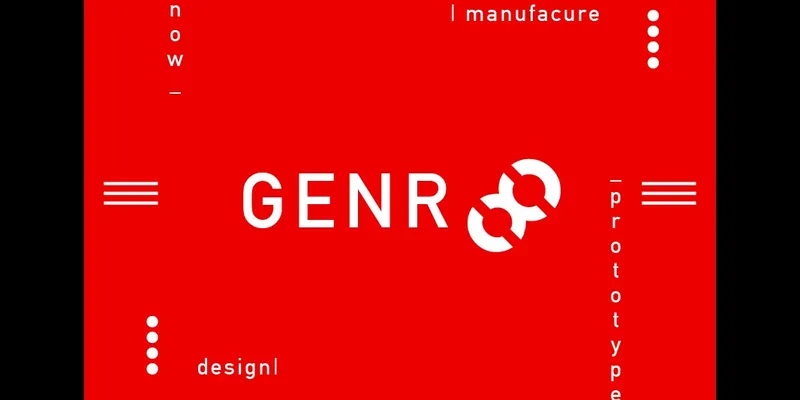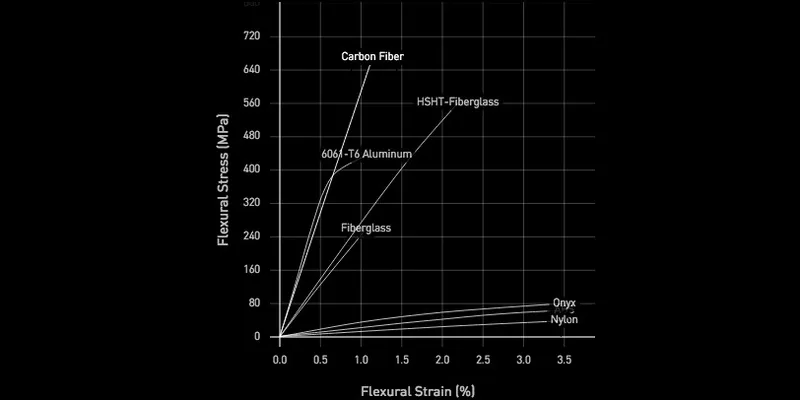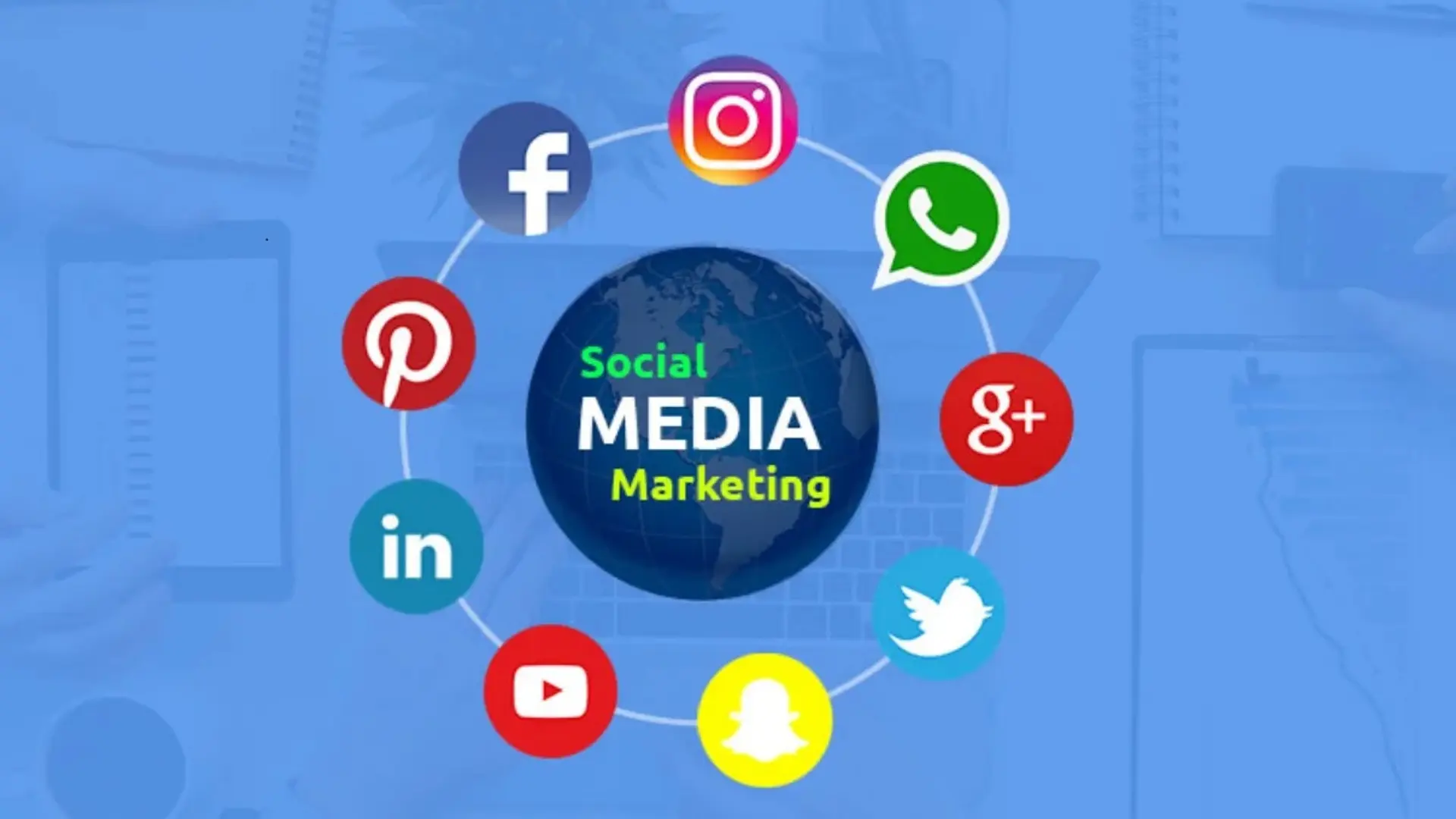

Generate answers about 3D printing.
We collected out some questions over the Internet decided to answer them.
The next revolution is happening, will India be a part of it? Or will we just stand and watch?

Layer by Layer deposition. above is laser sintered 3D printing process
What is additive manufacturing?
Additive manufacturing is the formalized term for what used to be called rapid prototyping and what is popularly called 3D Printing.
The term rapid prototyping (RP) is used in a variety of industries to describe a process for rapidly creating a system or part representation before final release or commercialization. AM and CNC are similar technologies both being computer based technologies used to produce parts. CNC differs mainly as it is a subtractive manufacturing process, where it starts from a block of material atleast as big as the final part.
If you want to write all the steps involved in Additive Manufacturing:
1. 3D model with CAD / Computer Aided Drawing
2. Conversion to STL: Universal input file format for 3D Printers.
3. File transfer to Machine: Defining parameters like size, orientation, layer thickness and fill %, etc. for machine to understand.
4. Machine setup: Like all machines, basic SOP to make sure machine is ready, with right materials and build area is clean to name a few.
5. Build: Wait and watch. :)
6. Removal: Remove out of build plate. Some machines require more care.
7. Post-processing: Most parts made in AM, requires some kind of post processing. Strength improvement, or support removal that must be removed.
There you go parts are ready!
We believe AM is not here to replace CNC machining, rather complement each other.
How can I learn 3D printing technology or additive manufacturing online?
There are a few reasons why not a lot of knowledge is there on this Industry. Its still in its infant years and the content will grow in the coming years.
For starters.
Here are a few online libraries for 3D printable parts.
Thingiverse
GrabCAD (Files may need conversion from CAD files to STL)
CGTrader
Yeggi (Search engine)
“At Generate we focus on Design for AM / 3D Printing."

Generate Now!" alt="Generate Now!" />
Design should always be thought as limited by process. 3D Printing kind of eliminates that, but there are still a few limitations from Design point of view.
1. STL file should be watertight:
Think of your file as a vessel and you immerse it in a bucket of water. If the water does not inside the geometry of the walls, it means its a water tight body.
2. Wall thickness is important:
Usual process says 0.8mm to 1.2mm minimum is required for strength and stability. The smaller you go the more the chances for part to fail.
3. Careful about where support material is going to be placed:
Since the process involves building a part layer by layer, gravity being the culprit, care should be taken when orienting the part or designing it to make sure the overhang areas support can be removed easily.
Since you now know where to get 3D Printable files, and what it looks likes as well as file format for printing, you will need to know something on how to print them.
Here are few ways:
1. Build a 3D Printer, and print it.
2. Goto a fab-shop nearby who has a 3D Printer.
3. 3D Hubs (Global solution).
4. Generate Team.
5. Buy a 3D Printer.
Where do I make my custom designs?
The answer that you will hear from most people.
“Well it Depends.”
The real question is what do you really want to design for?
This is because the software packages available are built for serving each industry. So even though the basics of most softwares are same, the features are different.
To name a few CAD softwares:
(Please note this is just our opinion, these stats do not necessarily align with everyone's views. Thats perfectly fine, as the software is just a tool, The real design is what we want to build.)

Onshape:
Platform : Cloud
Industry : Mechanical, Students, Educators, Startups, Hobbyists
Price : Free and paid
Learning curve: Easy-Medium
Recommended for Individuals

Autodesk Fusion 360 :
Platform : Cloud
Industry : Mechanical, Students, Educators, Startups, Hobbyists
Free and paid :
Learning Curve : Easy-Medium
Recommended for individuals

Solidworks :
Platform :Windows
Industry : Mechanical, Electrical, Heavy Machinery, Industrial design, Aerospace, Engineering Design etc.
Cost : Paid (around $4000 approximately)
Learning Curve: Easy-Medium

Rhino3D:
Platform : Windows/Mac
Industry : Architecture, Mathematical modeling, Jewelry, Fashion
Price: Paid
Learning Curve : Medium-Hard
There are others like Creo, NX, etc. I am not getting into those.
There are free softwares like FreeCAD, TinkerCAD, Autodesk 123D. etc.
Let us know what your favorite package is as well.
Like some say there is no better way than building it! So build a 3D Printer to understand the all the functions.
When will 3D printing become an economical manufacturing technology for mass production?
So to answer this question, we have to goto how did mass production start.
Ford was one of the pioneers in mass production. There was a time when cars were made to custom order. It used to take time, money and more importantly there was no standardisation.
Industrial Revolution changed the industry, Factories were invented and soon most manufacturing started getting outsourced to reduce cost of labor.
Manufacturing became centralised
Over the past few years, with the age of Kickstarter crowdfunding and 3D Printing, Manufacturing has started to decentralise and a lot of projects are built for low volume.
There will be a few items where 3D Printing will not be economical, unless major technological advancements happen. CLIP for example is a new tech which makes it possible to print at easily 10–20x faster than present.
There are a few companies who provide service for this in the US. India, yet to be seen, mostly because the market is not ready to adopt it yet.
So to conclude a lot of customised parts which were labor intensive will be made by 3D Printing. Dental Industry and Medical Industry being 2 prime examples in India. The crown that your dentist gives you is mostly made with the help of 3D Printing.
Are 3D printed parts mechanically weak? If so, why?
The process is a layer by layer addition and the bonding process here is key factor to the final output. Parts made in 3D printing are not as strong as your injection moulded parts.
The bond between each layer depends on what process is selected.
Wax parts made using material jetting are good for reproducing fine features, but they are difficult to handle because of their low strength and brittleness. ABS in extrusion form does give a decent strength but if there is any kind of reliable strong and flexible material for printing, it would be the nylon from laser sintering. The elongation of break for the material is around 170 +- 10%.
If you print Carbon Fibre and Plastic together in layers, the company MarkForged makes those machines. Their data suggests that by mixing these two in layers, the parts were stronger than their counterparts made in Al and other alloys.

Stress — Strain graph of materials provided by Mark-Forged — l
ink" alt="Stress — Strain graph of materials provided by Mark-Forged — link" />
The strength is getting better, and like previously mentioned process CLIP, the part is closer to continuous flow than layer by layer. There will be a major breakthrough in the coming years in similar technology.
Can a 3D printed injection mold be used for actual production?
Exone Printers, as well as Metal printers are used for making Injection molding tool for a while now. Most AM parts will require some kind of post processing prior to implementation.
It is normal to run coolant through the IM inserts, facilitating the cooling of the plastic part following the injection of the molten polymer. This cooling process is very dependent on the geometry of the part being molded, with larger voluminous segments cooling slower than smaller, thinner sections. Greater flow of coolant close to the larger segments can enable faster and more regular cooling, which can also improve the part quality by preventing part warpage due to thermally induced stress. The geometric freedom that is a characteristic of AM can enable very complex cooling channels to be designed into the part.
![A tool insert design, showing the location of conformal cooling channels [5]Other Reading material:](https://images.yourstory.com/production/document_image/mystoryimage/fwhfni50-eu6m2q0a-1*9sHkuedTL3rU3-oYw2FzyA.png?fm=png&auto=format&w=800)
A tool insert design, showing the location of conformal cooling channels [5]Other Reading material:
Other Reading material:
3D-printed conformal cooling channels for injection molds improve productivity
A paper on Conformal Cooling design for tooling
Additive Manufacturing Technologies — Ian Gibson, David Rosen, Brent Stucker







